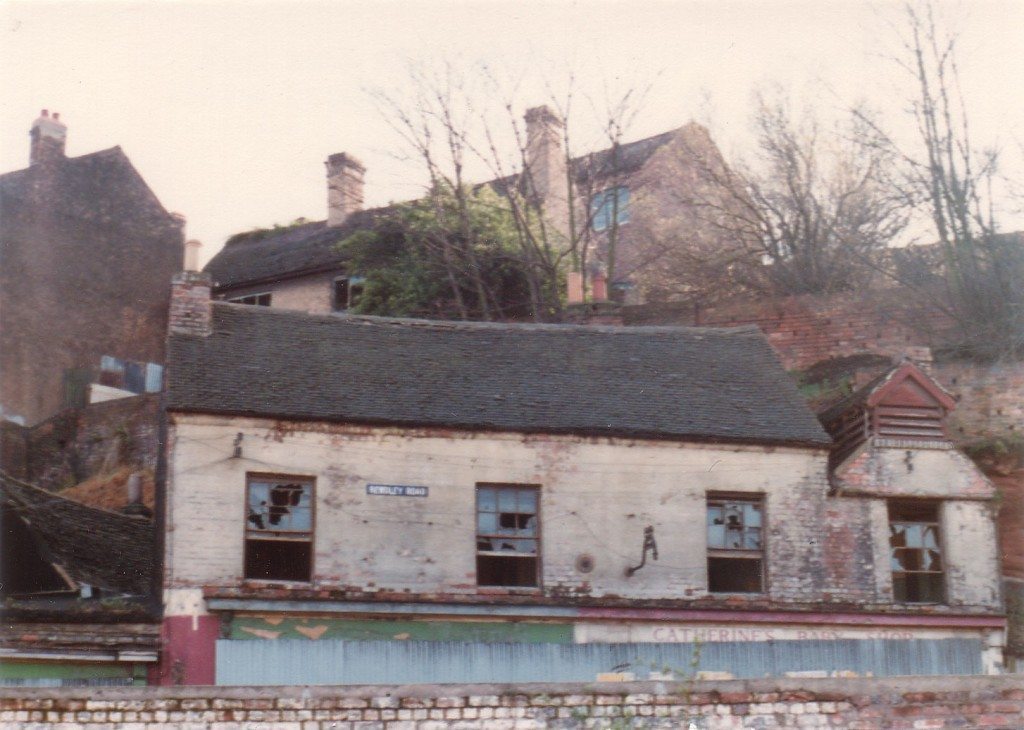The Factory System
Image: Remains of Kidderminster’s first carpet factory at Mount Skipet.
Image from: Bewdley Museum (photograph taken in 1981)
As carpets became larger and more ornate, it eventually became necessary for larger or more looms to be used, and it was no longer possible for them to be housed in individual weavers’ homes. Some carpet factories were sometimes converted from other textile factories. In 1832, the carpet firm of John Broom, a descendant of the first John Broom, went bankrupt. The auction catalogue of the sale of his effects demonstrates very clearly both the wide variety in sizes of loom-shops and the numerous types of loom used at this time. Looms were generally manually operated with the occasional aid of water power.
« Previous in this sectionNext in this section »Continue browsing this section
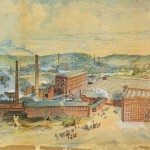 Made in Kidderminster: the History of the Carpet Industry
Made in Kidderminster: the History of the Carpet Industry
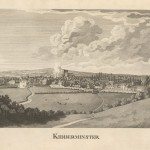 The Origins of Carpet Making in Kidderminster
The Origins of Carpet Making in Kidderminster
 The Origins of Carpet Making in Kidderminster
The Origins of Carpet Making in Kidderminster
 The Origins of Carpet Making in Kidderminster
The Origins of Carpet Making in Kidderminster
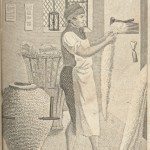 Handloom Weaving
Handloom Weaving
 The Factory System
The Factory System
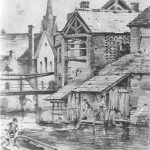 Washing and Winding
Washing and Winding
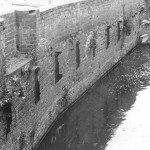 Washing and Winding
Washing and Winding
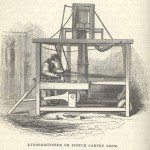 Technological Changes: the Scotch Loom
Technological Changes: the Scotch Loom
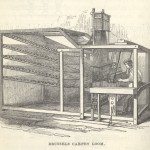 Technological Changes: the Brussels Loom
Technological Changes: the Brussels Loom
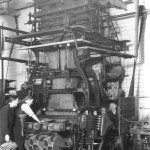 Technological Changes: the Jacquard Loom
Technological Changes: the Jacquard Loom
 The Kidderminster Carpet Industry and the Wider World
The Kidderminster Carpet Industry and the Wider World
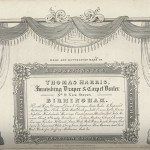 The Kidderminster Carpet Industry and the Wider World
The Kidderminster Carpet Industry and the Wider World
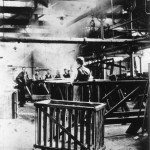 Working Conditions in Kidderminster Carpet Factories
Working Conditions in Kidderminster Carpet Factories
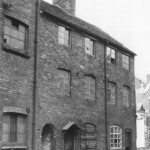 The Great Strike of 1828
The Great Strike of 1828
 The Aftermath of the Great Strike of 1828
The Aftermath of the Great Strike of 1828
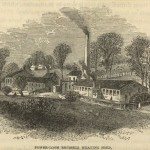 Kidderminster in the mid 19th Century
Kidderminster in the mid 19th Century
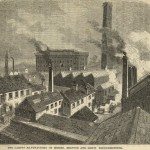 Kidderminster: the Factory Town
Kidderminster: the Factory Town



